Nokia 3.1 Plus first impressions: Killing the competition
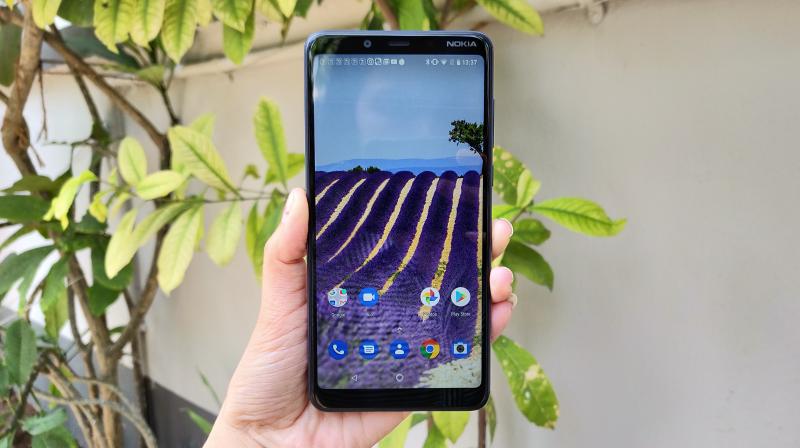
While HMD Global's recently launched smartphones — the Nokia 6.1 Plus (review) and the Nokia 5.1 Plus (review) turned out to be impressive, the company’s new budget offering the Nokia 3.1 Plus also seems interesting on paper.
Nokia has been playing safe by showing off smartphones with Android One badge on it, promising a no-frills Android experience, coupled with guaranteed three years of security updates and two years of software updates, giving a slight edge over the army of smartphones from rival brands. Unarguably, Nokia devices have also set a benchmark for its good-looking chassis and typical rock-solid build quality for the budget smartphone space.

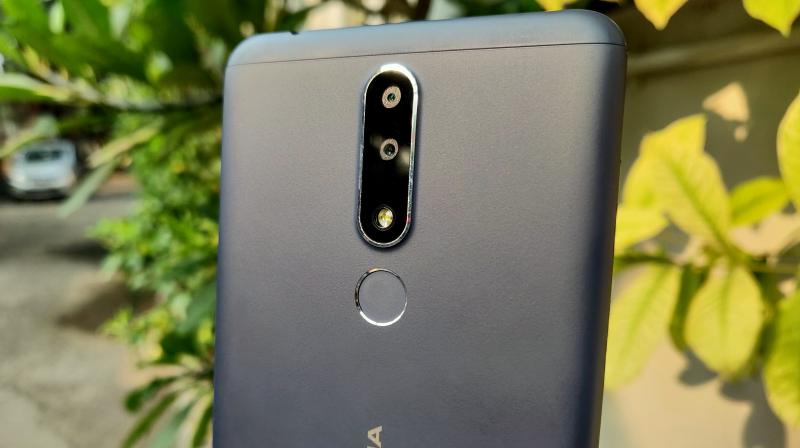
The latest Nokia 3.1 Plus promises to deliver smooth performance, paired with a classic design, massive display, bigger battery and a good pair of cameras without burning a hole in your pocket. Here's our initial impression on the smartphone.
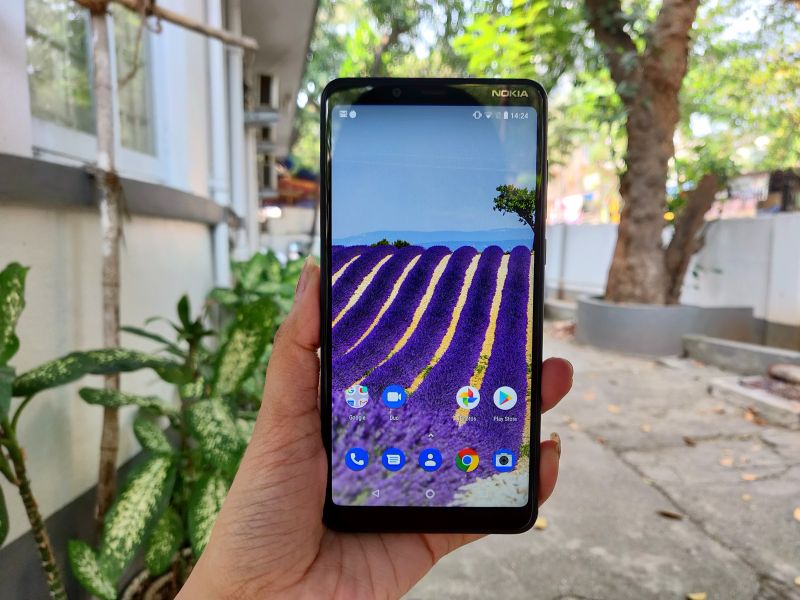
The Nokia 3.1 Plus doesn't have any fancy looking design; however, it does look very classy with a no-nonsense design. Unlike the Nokia 6.1 Plus and the 5.1 Plus that sports glass rear backs, the Nokia 3.1 Plus employs metal-plastic combo rear panel. While the back panel adorns a smooth matte finish, the chrome accents also add to the flair for a premium design. What's good about the smartphone here is that Nokia has struck a sweet balance without loosing out on the build quality, while also maintaining a classy and modern look — and that's typical Nokia.
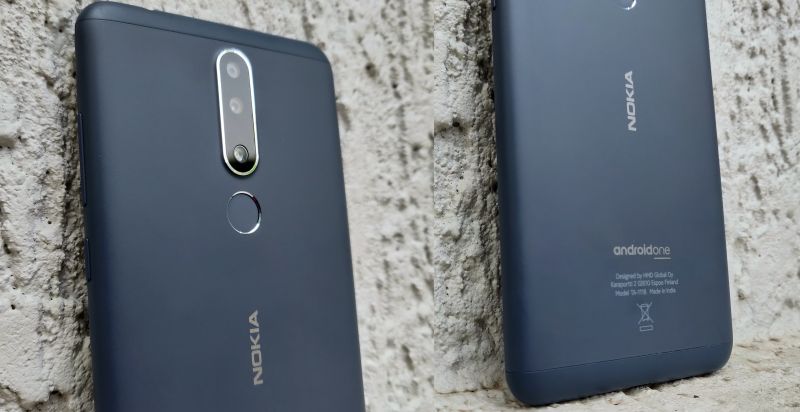
The smartphone boasts of large a 6-inch IPS LCD full view display with a narrow 18:9 aspect ratio — no notch here. The tall display operates at HD+ resolution. The front is covered by a 2.5D glass for protection. The sizeable borders around the display now look a bit old-fashioned. Although, the display seems satisfactory and renders quite vivid colours and the viewing angles are decent.
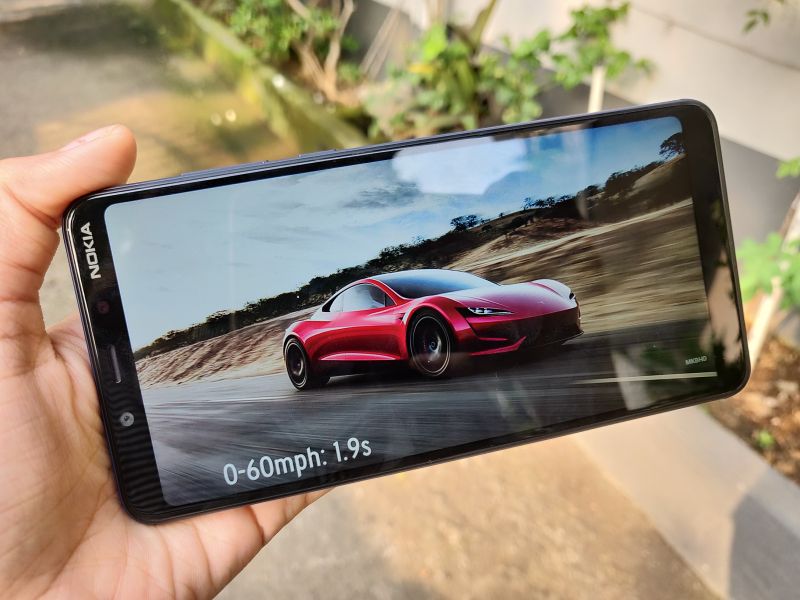
The Nokia 3.1 Plus employs the same MediaTek P22 Helio SoC, seen powering the Xiaomi Redmi 6, the Realme C1 and other devices. The benchmark numbers and its performance had already painted the picture of what we can expect from this chipset.
P22 is MediaTek's mid-range chipset, built on a 12nm process clocked at up to 2.0GHz. Its an octa-core CPU for improved performance and is theoretically superior to the Qualcomm's Snapdragon 450 SoC or 625 SoC, which we will talk about later in our detailed review. The device comes with 3GB of RAM and 32GB of internal storage, which is expandable up to 400GB. 2GB/16GB is the other variant available in this model.
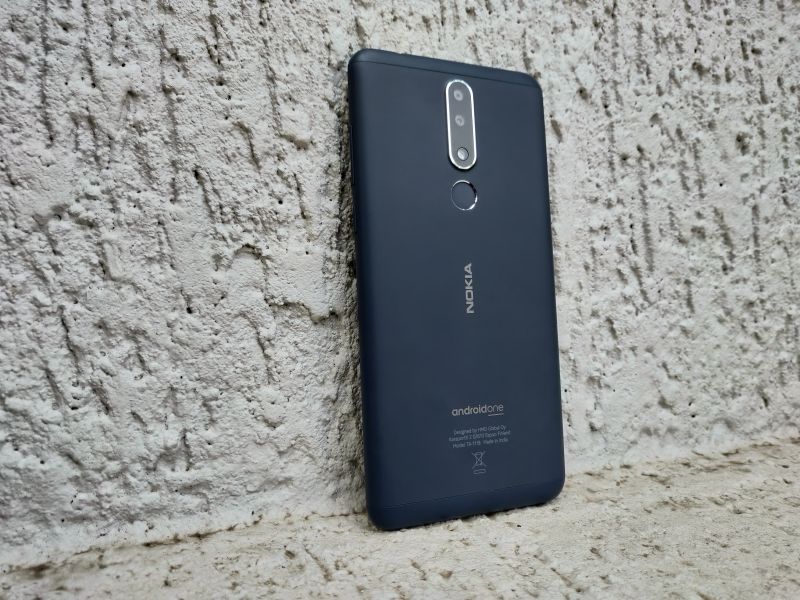
Moving ahead, the camera performance is where the Nokia 3.1 Plus seems to shine the most. We clicked a few initial shots and we must say that this device shows possible chances of overpowering some of the best cameras in the segment. The handset packs in a dual rear camera setup, that consists of a 13MP PDAF primary and a 5MP depth sensor, assisted by an LED flash. There is an 8MP front shooter for selfies, but lacks a flash module.
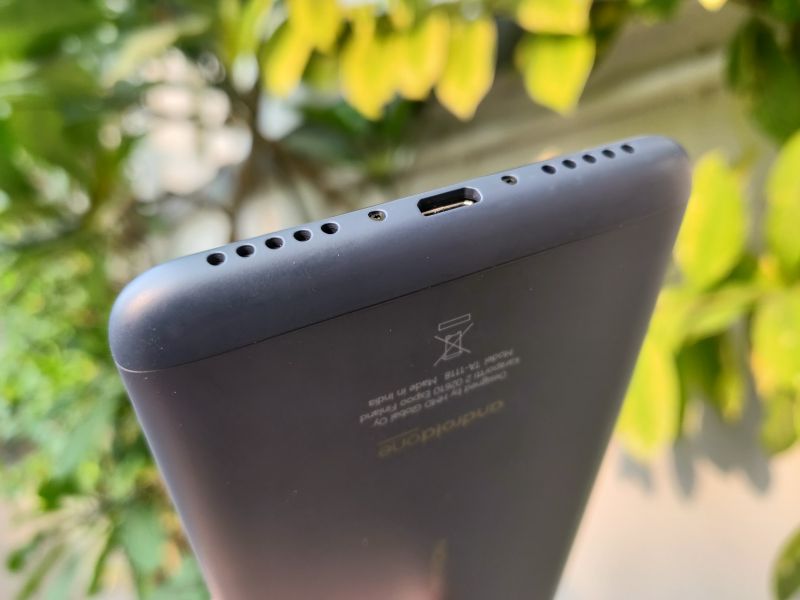
The smartphone is powered by a sufficient 3500mAh battery, which should stand up to a day’s requirements with moderate usage. Notably, with the combination of a lower resolution display and a power efficient chipset, you could see a boost in the smartphone's stamina; therefore, delivering better battery life.
To sum it up for now, the Nokia 3.1 Plus does look promising ahead. It offers a solid build quality, a classy design and a stock Android experience with the right specifications sheet. For Rs 11,499, Nokia is touting its massive display for overall good multimedia experience, great photography experience and a two-day battery life. We are yet to gaze on the overall performance and potential of the smartphone — stay tuned for the complete review shortly.
Click on Deccan Chronicle Technology and Science for the latest news and reviews. Follow us on Facebook, Twitter.

